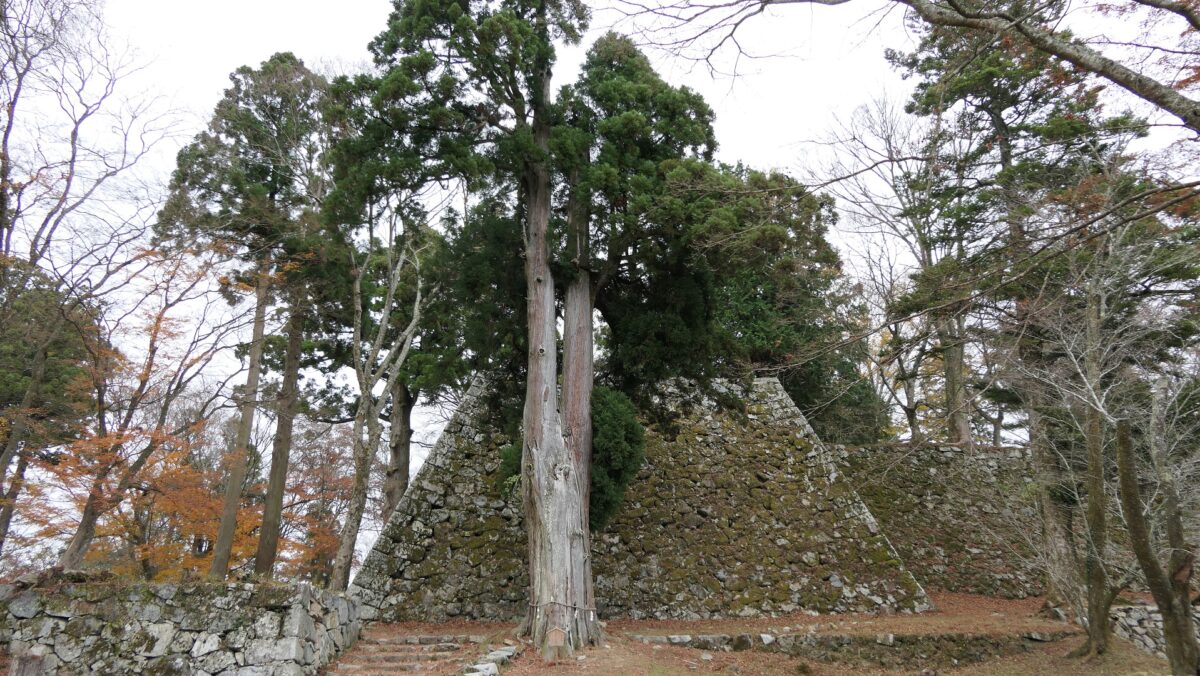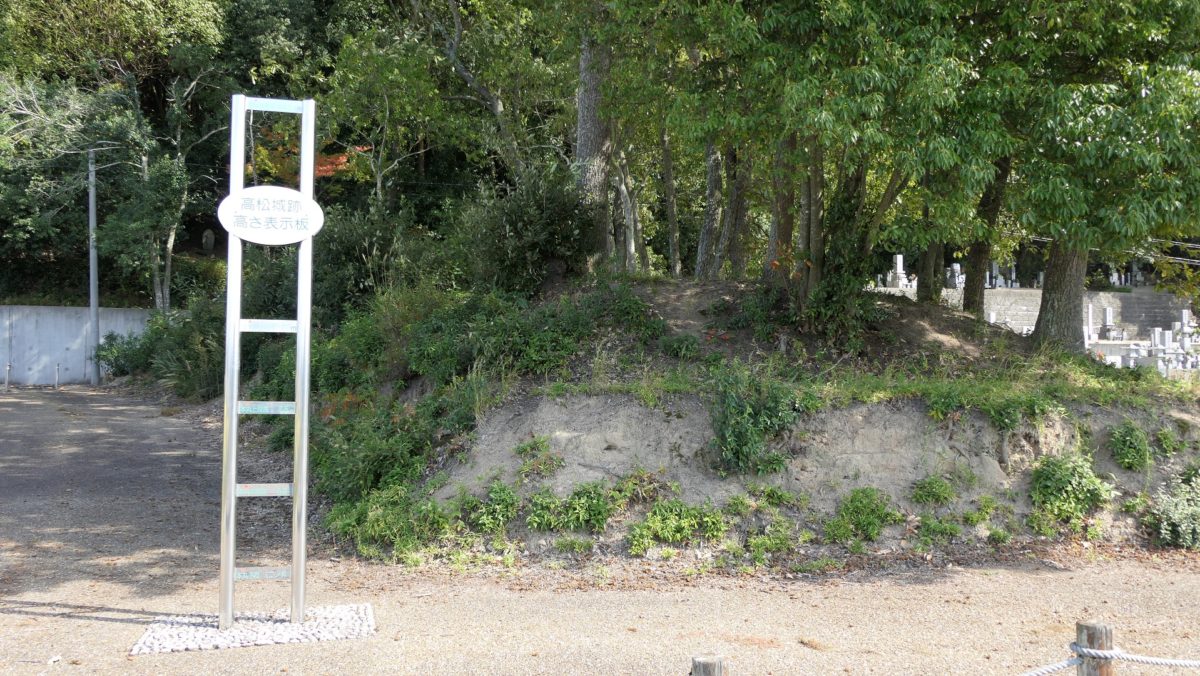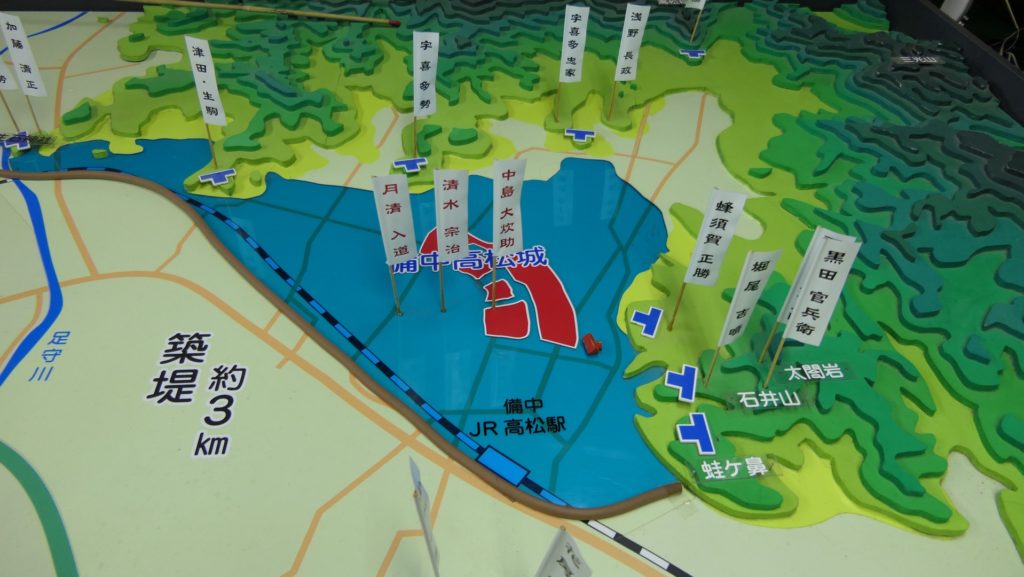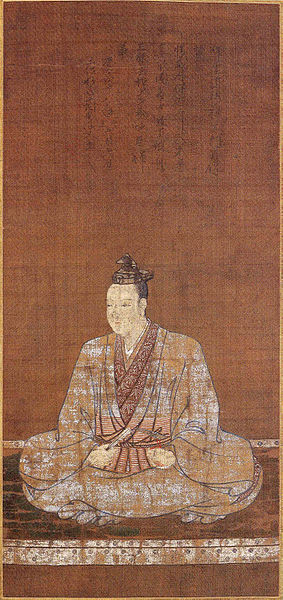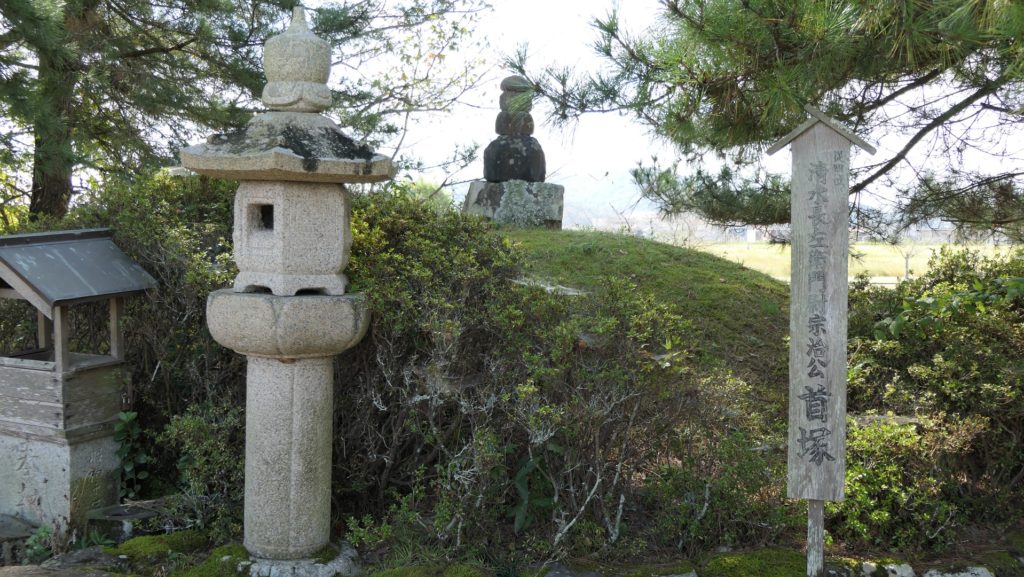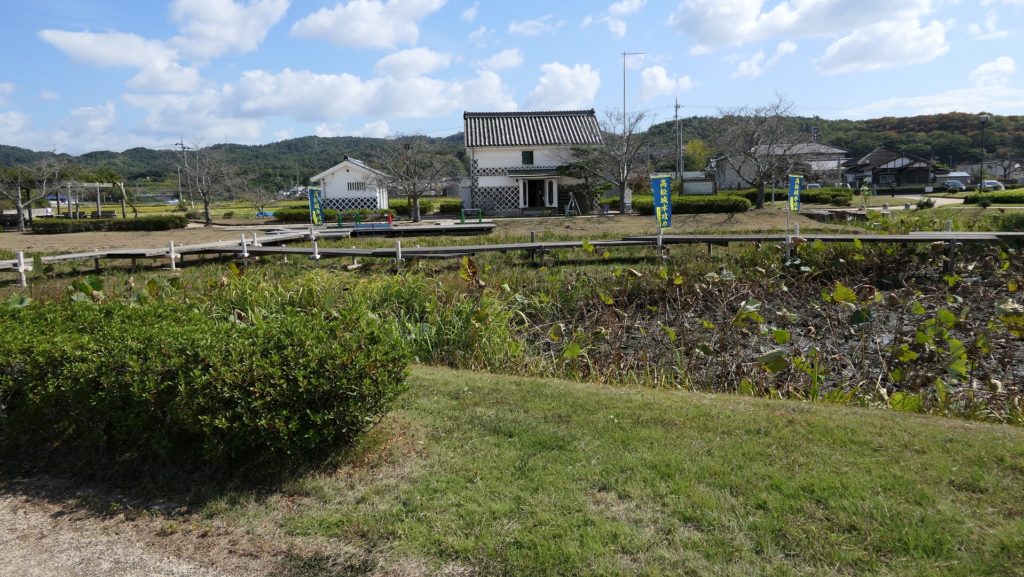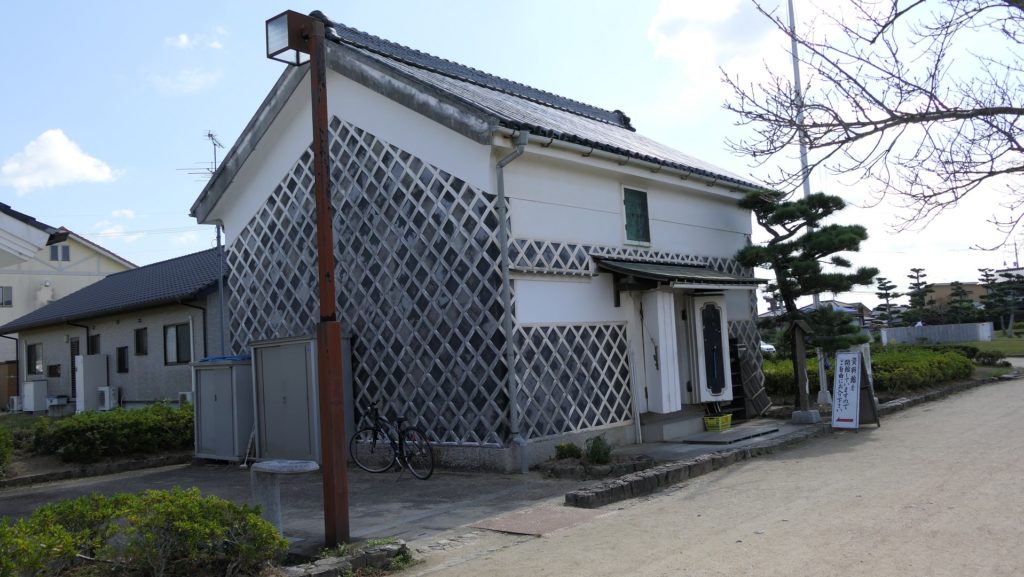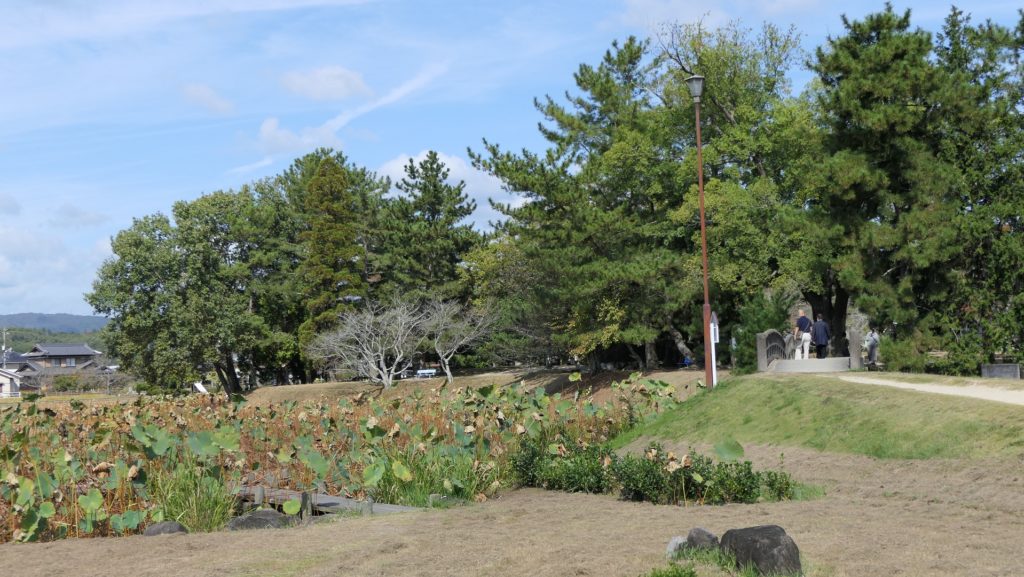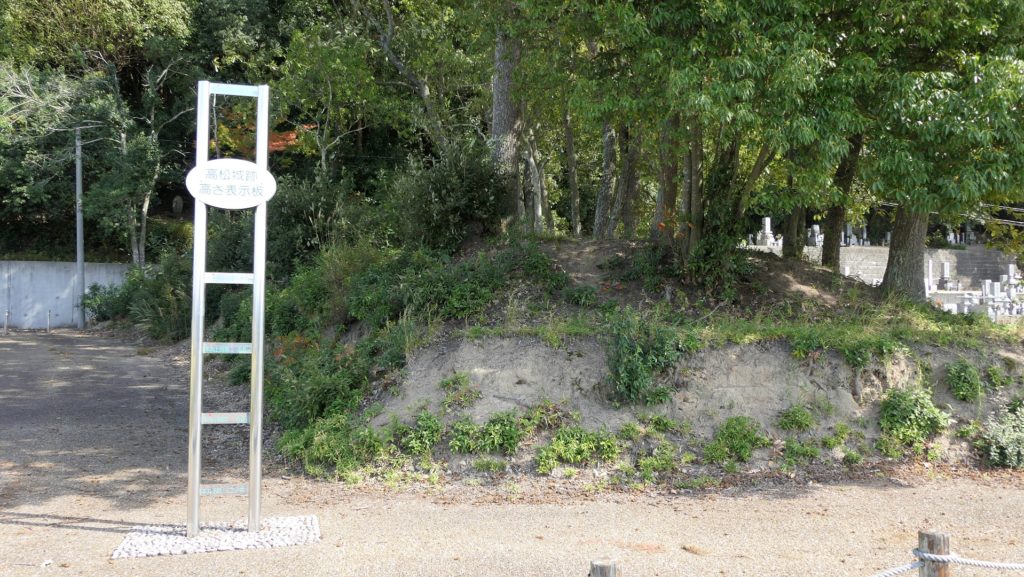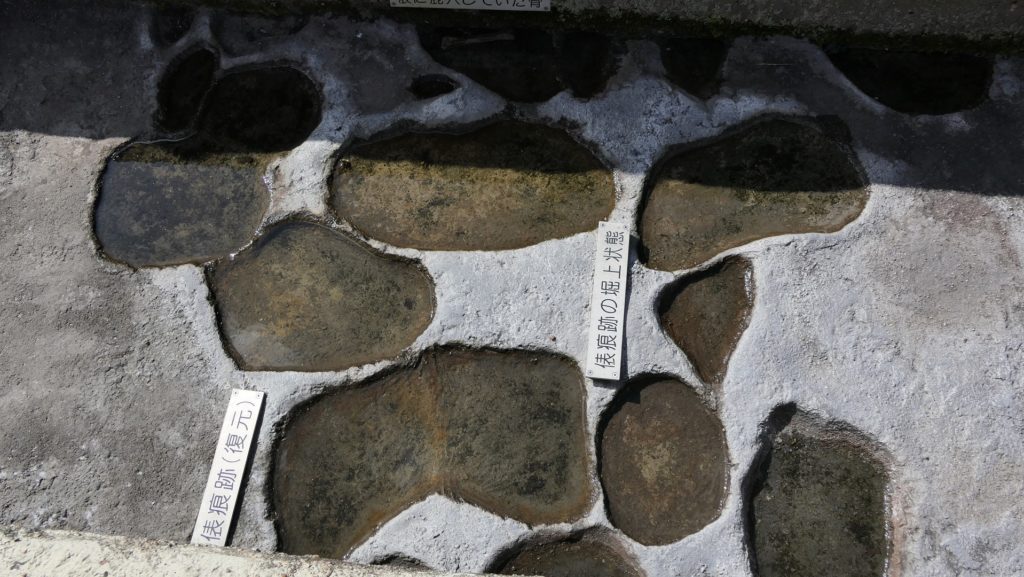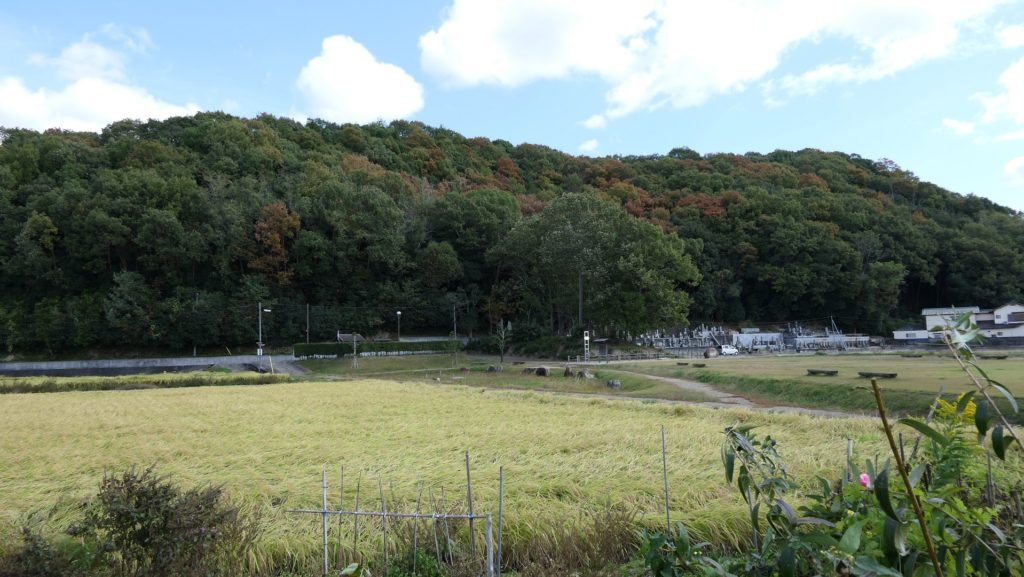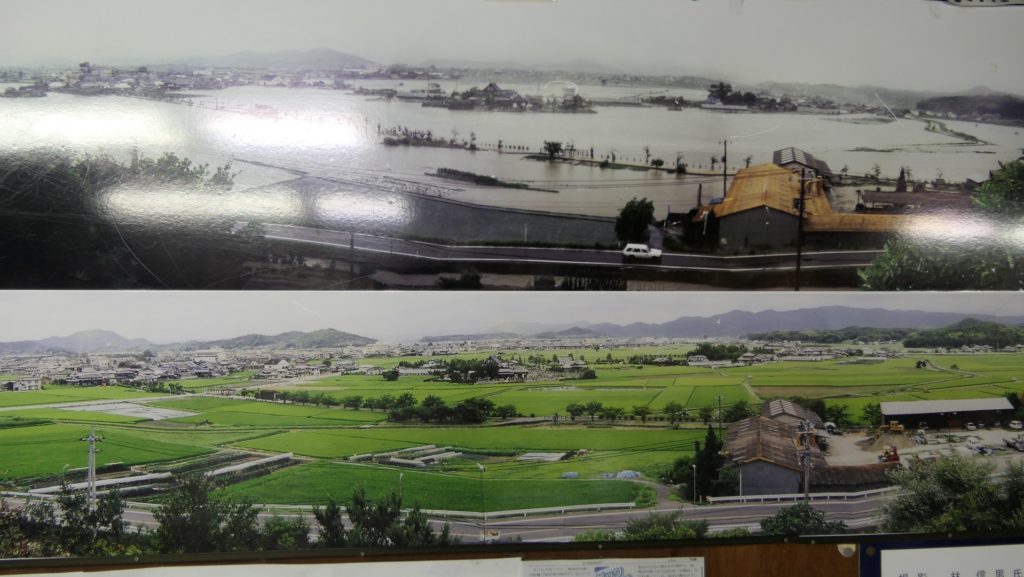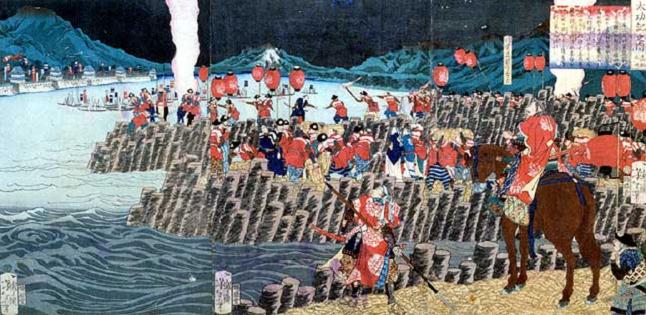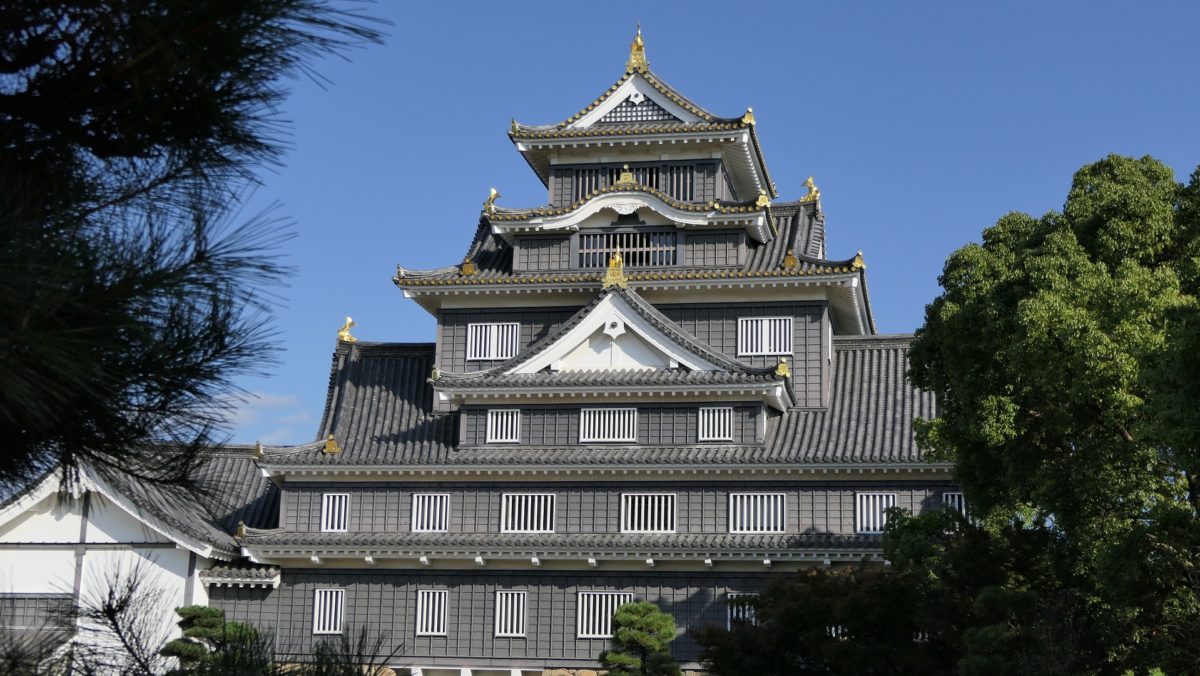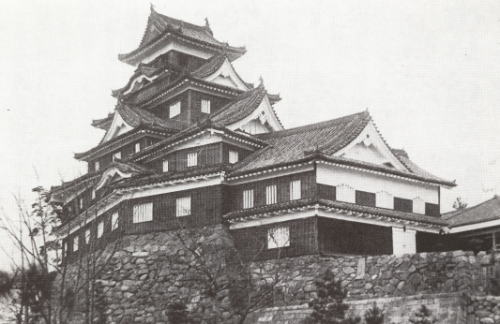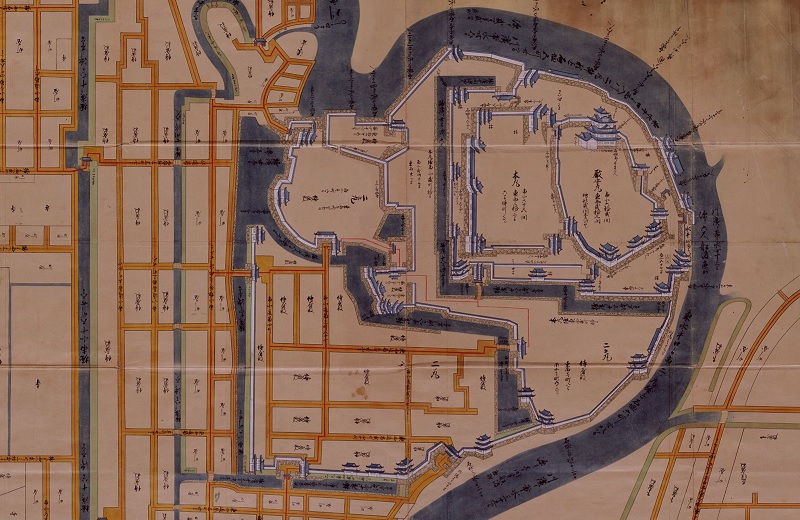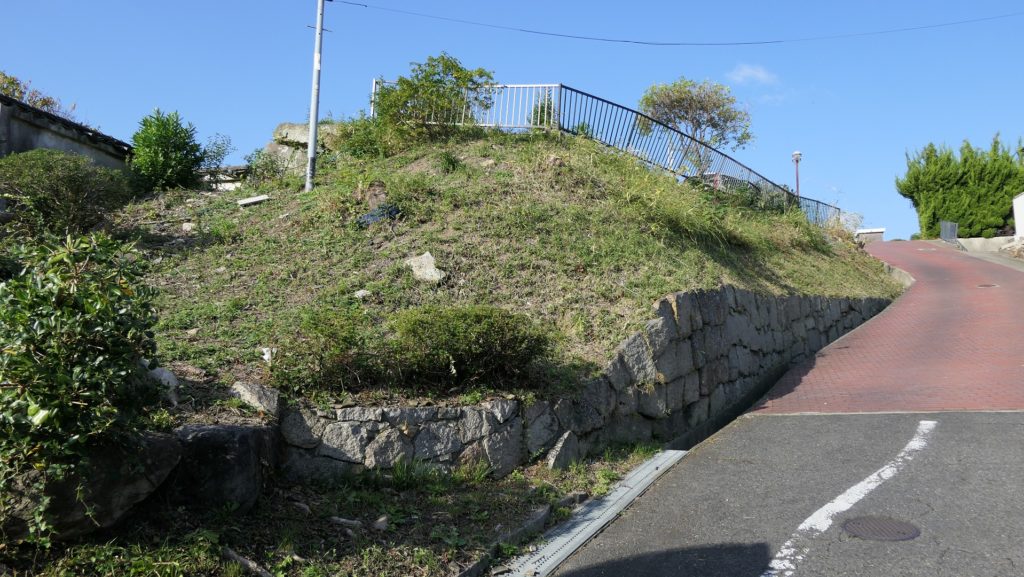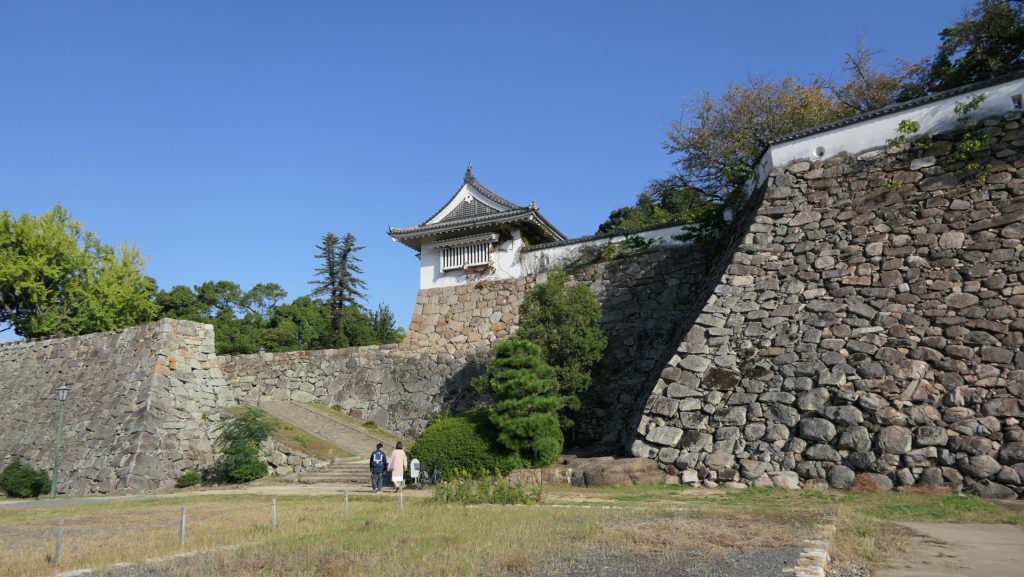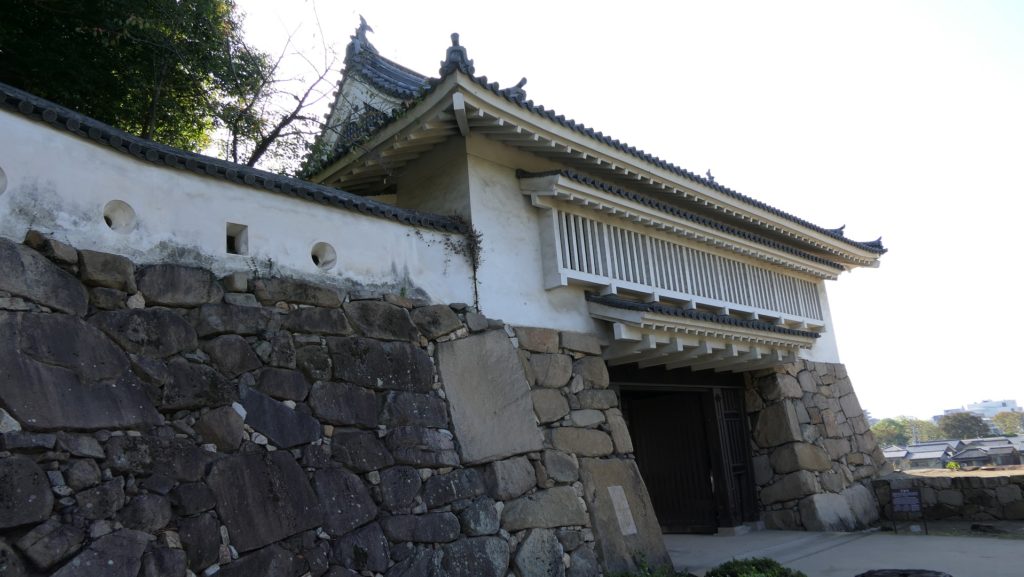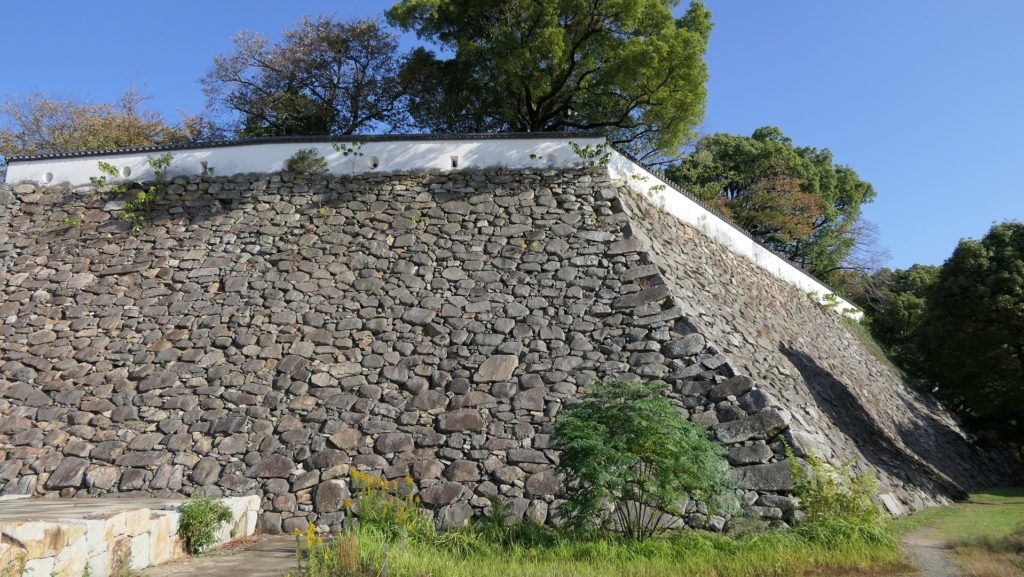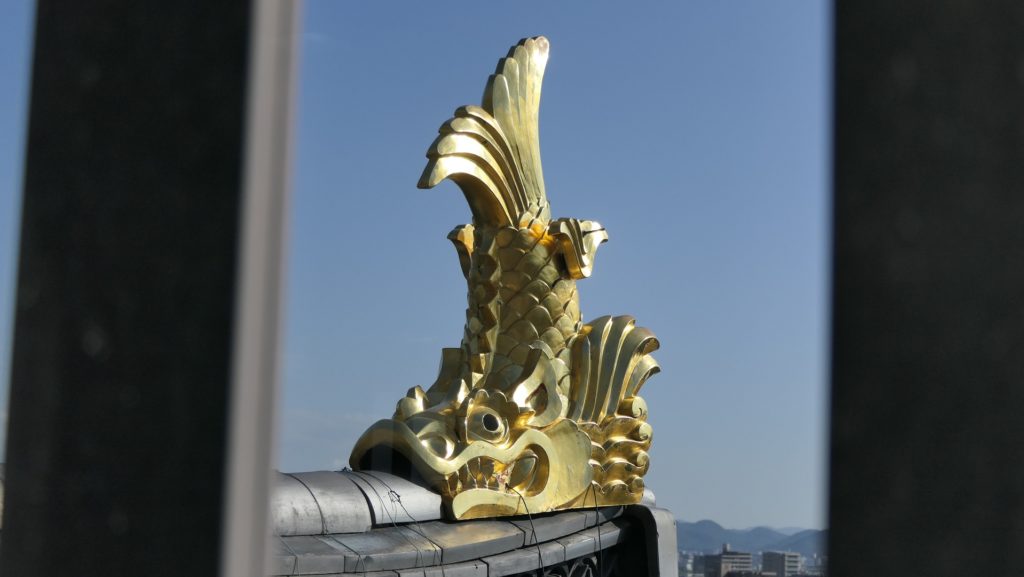立地と歴史~Location and History
三大山城の一つ~One of Three Greatest Mountain Castles
中世には、日本では山城が主流でした。戦いには好都合だったからです。ところが、天下統一の後には、ほとんどのこれらの城は廃されるか、取り壊されてしまいました。政治を行う場所としては不向きだからです。更には、将来の戦の根を断つため、徳川幕府は、大名たちにその居住する城を除き、全ての城を廃止するよう命じました。高取城は、江戸時代末期まで生き延びた数少ない山城の一つなのです。そのため、この城は日本三大山城の一つに挙げられています。
In the Middle Ages, mountain castes had been popular in Japan, because they were convenient for battle. However, after the unification of the whole country, most of these castles were abandoned or destroyed, as they were inconvenient for governance. Furthermore, to reduce the threat of future attacks, the Tokugawa Shogunate ordered the lords to destroy all castles other than the ones in which they lived. Takatori Castle was one of the few remaining mountain castles that survived until the end of the Edo Period. That’s why this castle is known as one of the three greatest mountain castles in Japan.
江戸時代末まで生き延びる~It survives until End of Edo Period
高取城は、中世に越智氏により、大和国(現在の奈良県)にある標高583mの高取山に築かれましたが、その詳細の実態はわかっていません。1585年、天下人の豊臣秀吉の弟、秀長がこの国の統治を始めたとき、この城はその支城として、詰めの城(他の城が占領されてしまったとき最後に立てこもるところ)として改良されました。秀長の部下、本多氏が大小の天守と、27基もの櫓を石垣の上に築き、この城は壮大な規模となりました。
Takatori Castle was first built on 583m high Mt. Takatori in Yamato Province (what is now Nara Prefecture) by the Ochi clan in the Middle Ages, but the exact details are unclear. After Hidenaga Toyotomi, younger brother of the ruler Hideyoshi, started to govern the province in 1585, the castle was improved as his branch and last castle (i.e., in case all his other castles were captured, he would go there). Hidenaga’s retainer, the Honda clan built the Large and Small Main Towers, and as many as 27 turrets on the stone walls, that made the castle huge.

秀長の息子、秀保が亡くなった後、本多氏は独立した領主となりました。本多氏はまた、1600年の関ヶ原の戦いで徳川幕府の創始者、徳川家康を支持して生き残ります。結果として、本多俊政が高取藩の初代藩主となりました。1640年、植村氏が本多氏を引き継ぎ、江戸時代の間ずっと藩を支配していきました。
The Honda clan became the independent owner of this castle, after Hidenaga’s son, Hideyasu died. The clan also survived the battle of Sekigahara in 1600 while supporting Ieyasu Tokugawa, the founder of the Tokugawa Shogunate. As a result, Toshimasa Honda became the first lord of the Takatori Domain.
In 1640, the Uemura clan followed the Honda clan, and continued to govern the domain through the Edo Period.
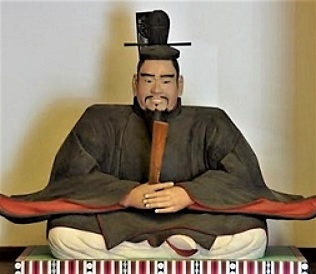
ところが、高い山の上にそのような建物を維持することは困難でした。そのため、植村氏は幕府からいつでも城を修繕できるという許可を取っていました。他の大名たちは通常どんな修理でも幕府の承認が必要でした。一方では、藩の領主は山の麓に御殿を築き、そこに住んでいました。もちろんそれは、居住と統治の利便性のためでした。
However, keeping such buildings on the high mountain was difficult, so the clan was allowed by the Shogunate to repair the castle at anytime, while other lords usually had to take approvals for any fixing. On the other hand, the lord built the Main Hall on the foot of the mountain, and lived there. Of course, it was because of convenience of living and governance.

2度の戦い~Two Battles
記録によると、この城では2回戦いが起こっています。最初は1600年の戦いが起こったときでした。家康に反抗した石田三成が城に軍勢を送りましたが、撃退されました。もう一回は1863年に天誅組の変が起こったときでした。この変は、明治維新に至る動きの先駆けであったとされています。吉村寅太郎率いる千人以上の兵士が高取城を占領しようとしましたが、城下町があった山麓で反撃を受け失敗しました。高取藩の藩士たちは、そのときは山麓に住んでおり、且つよく訓練されていたからでした。
According to reports, two battles took place at the castle. The first one was when the 1600 battle occurred. Mitsunari Ishida against Ieyasu sent his troops to the castle, but were repelled. The last one was when Tenchu-gumi Incident happened in 1863. This incident is marked as the start of the Meiji Restoration process. Over 1,000 soldiers, led by Torataro Yoshimura, tried to capture Takatori Castle, but they are counterattacked and failed at the foot of the mountain, where the castle town was located. This was because the warriors of the Takatori Domain usually lived on the foot at that time and were well trained.

特徴~Features
城への3つのルート~Three Routes to Castle
高取城の入口である「大手門」へのルートは3つありました。ルートのうちの1つは「大手道」で今でもハイカーがここを登ってきます。もう一つは壷阪道で、主には車で来る人たちが通るところです。最後の3番目のルートはもはや使われていません。3つの道筋は全て同じところ、すなわち大手門に集まっていました。
There have been three routes to the entrance of Takatori Castle, which is also called “Ote-mon” or the Main Gate. One of the routes is “Ote-michi” or the Main route even now used by hikers. Another one is called Tsubosaka Route that is used mainly by people who come in car. Finally, there is a third route but it is no longer in use. Even though there were three separate routes they all met at the same point, i.e., at the Main Gate.
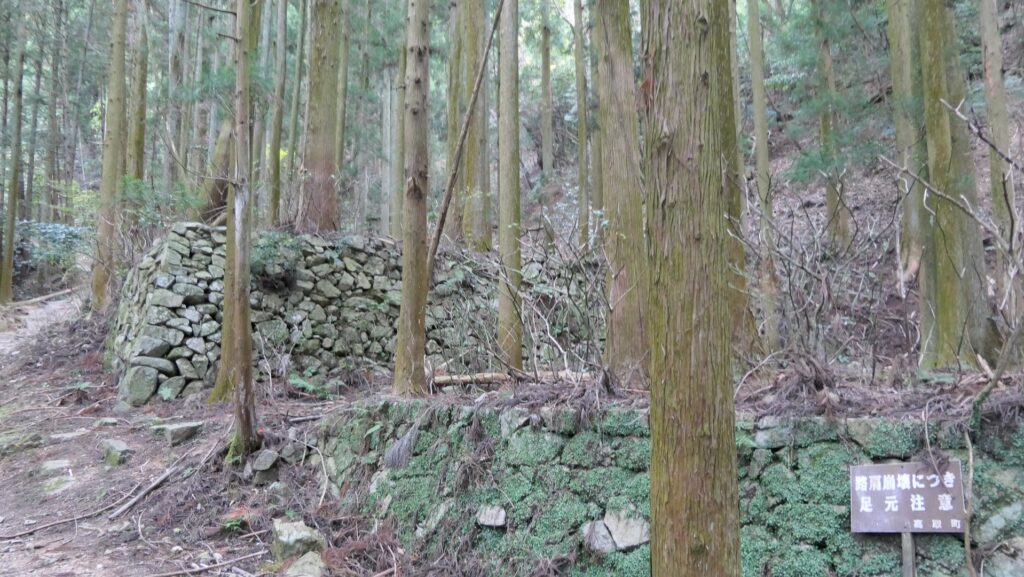
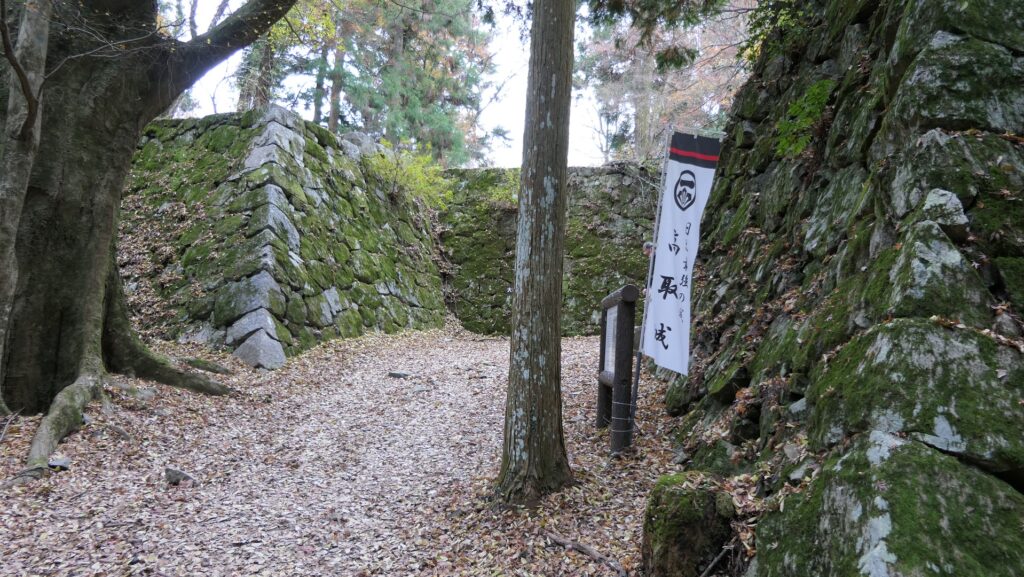
二の丸に入る~Entering Second Enclosure
大手門跡には現在でも食い違いの石垣が残っていて、敵が簡単に城内に入れないようになっていました。この門は「二の丸」の入口でもあり、更に「十三間多聞」も経ていかなけばなりませんでした。実際、現在でも二の丸に入るには、その石垣を通らなければなりません。二の丸には最初御殿がありましたが、やがて山麓の方に移っていきました。
The ruins of the gate still have alternate stone walls to prevent enemies from entering the castle easily. The gate was the entrance of “Ninomaru” or the Second Enclosure as well, and everyone had to use another gate called “Jusanken-Tamon” to enter it. In fact, even now if you want to enter the Second enclosure you have to pass through its stone walls. The Second Enclosure had the former Main Hall before it had been moved to the foot of the mountain.


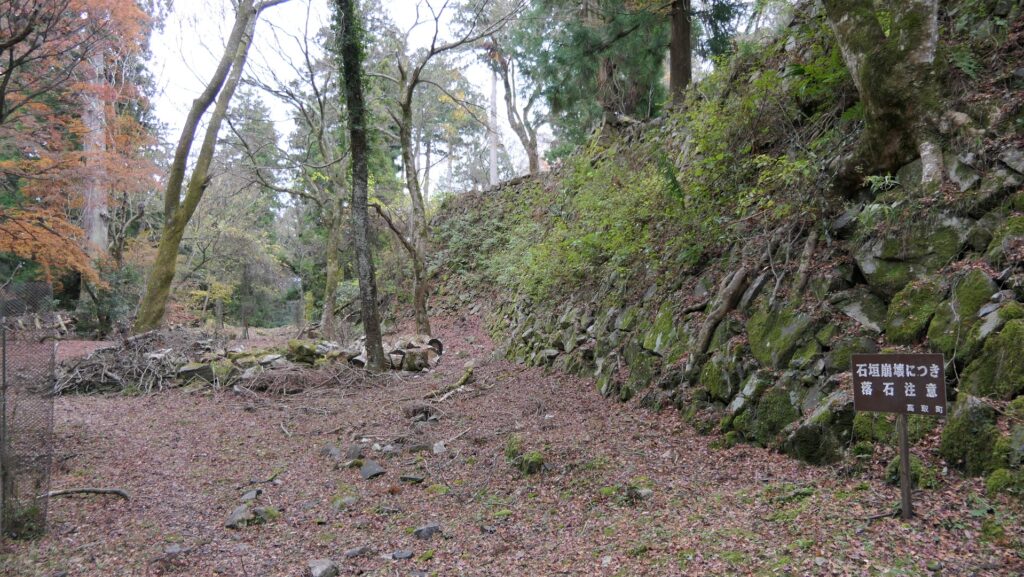
すごい防御力~Great Defense
二の丸から石垣が見えるのですが、それが「本丸」かと思われるかもしれません。ところが、それはただ本丸を守護する櫓群のための石垣だったのです。櫓群は、「太鼓櫓」「新櫓」「十五間多聞」から構成されていました。現在でさえ、残っている石垣をぬって進んでいかねばなりません。なんという防御力でしょう!
You may think the stone walls that you see from the Second Enclosure is “Honmaru” or the Main Enclosure. However, they were those just for the groups of turrets that protected the Main Enclosure. The group consisted of “Taiko Yagura” or the Drum Turret, “Shin Yagura” or the New Turret, and “Jugoken-Tamon” Gate. Even now, you have to go over their remaining stone walls. You might be amazed at how protective this castle was!
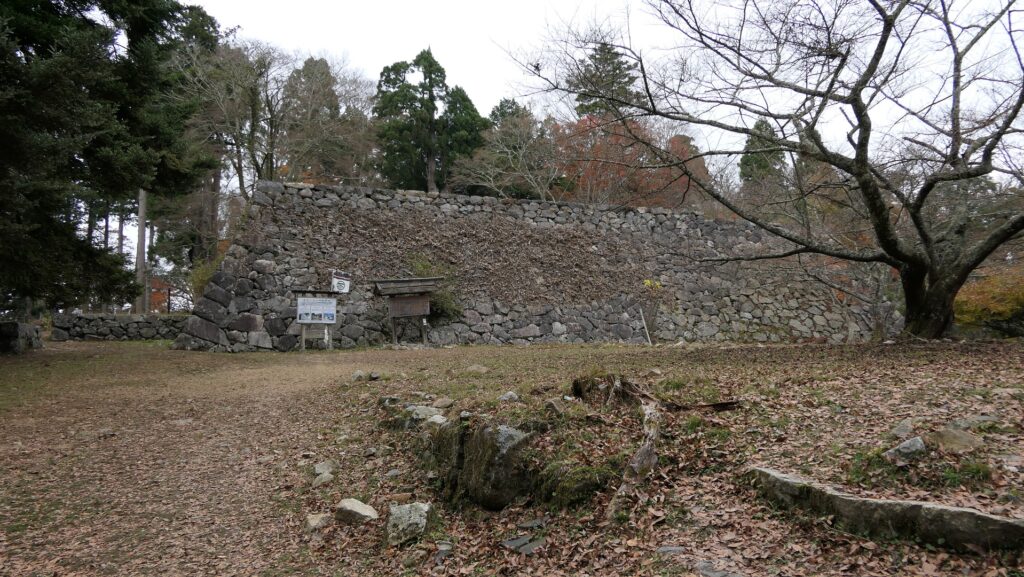
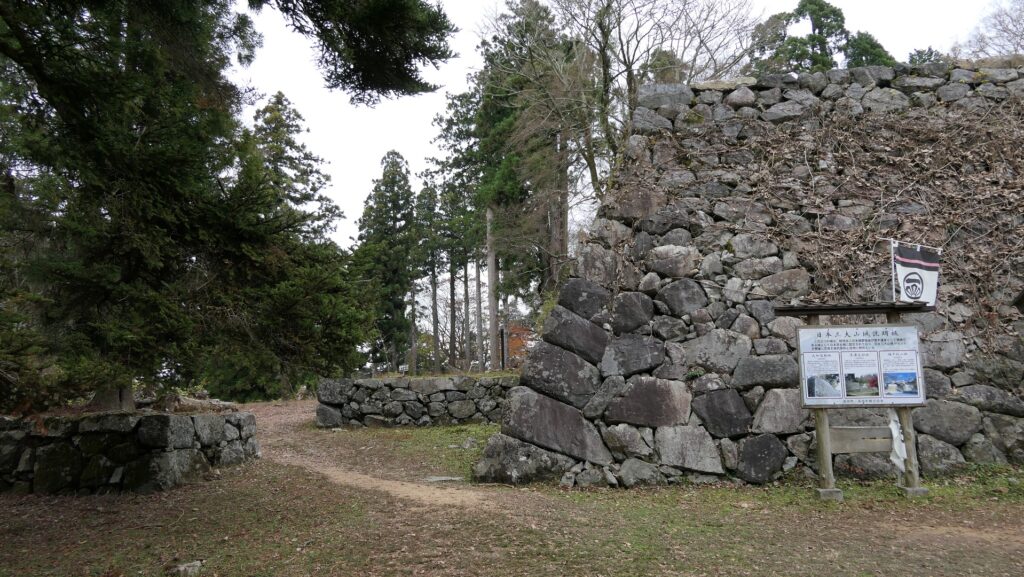

広い本丸~Large Main Enclosure
ついに本丸の石垣が、巨大な木の背後に見えてきます。この本丸は山城のものとしては、かなり大きなものです。ここに入るのにも曲がりくねった入口を通る必要があります。大天守と小天守が石垣に沿い、多聞櫓によって連結されて立っていました。発掘の成果によれば、石垣のいくつかは古代の古墳から持ってこられたとのことです。
You can finally see the stone walls of the Main Enclosure behind a big tree. The enclosure is very large for a mountain castle. You have to go through the zigzagged entrance again to enter it. The Large Main Tower and the Small Main Tower stood connected by Tamon Turret alongside the stone walls. An excavation found out that some stones were brought from those for ancient tombs.
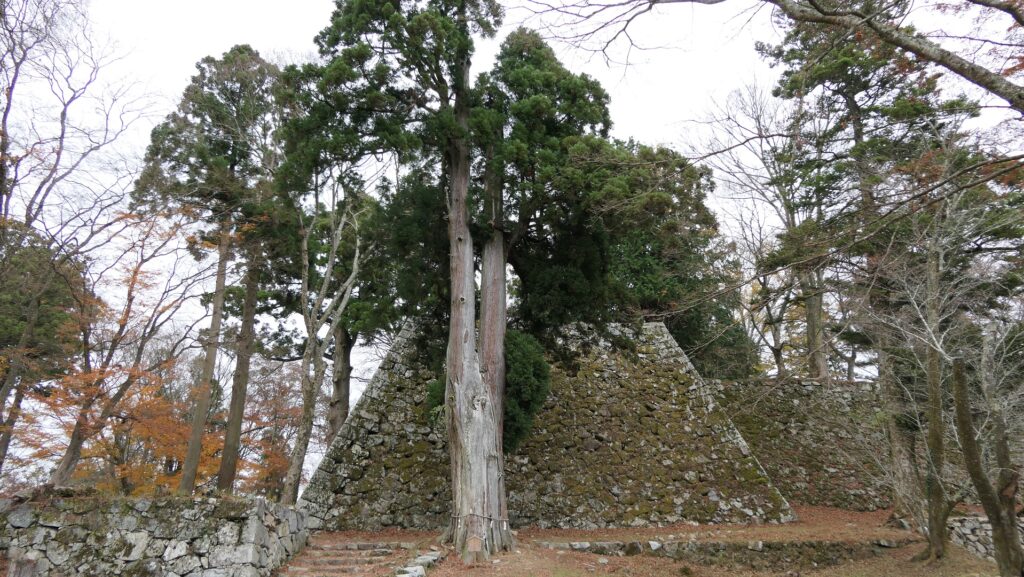
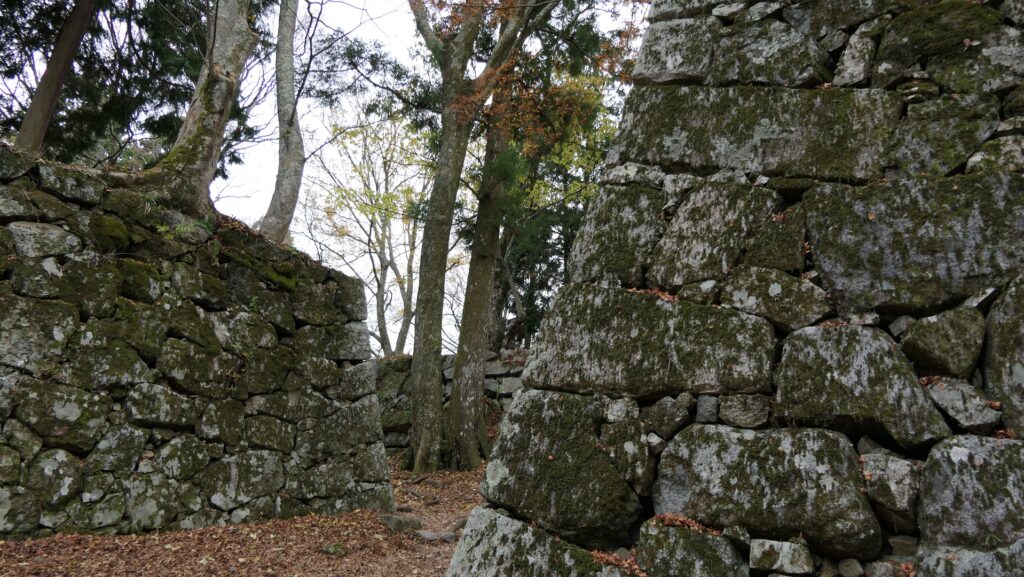
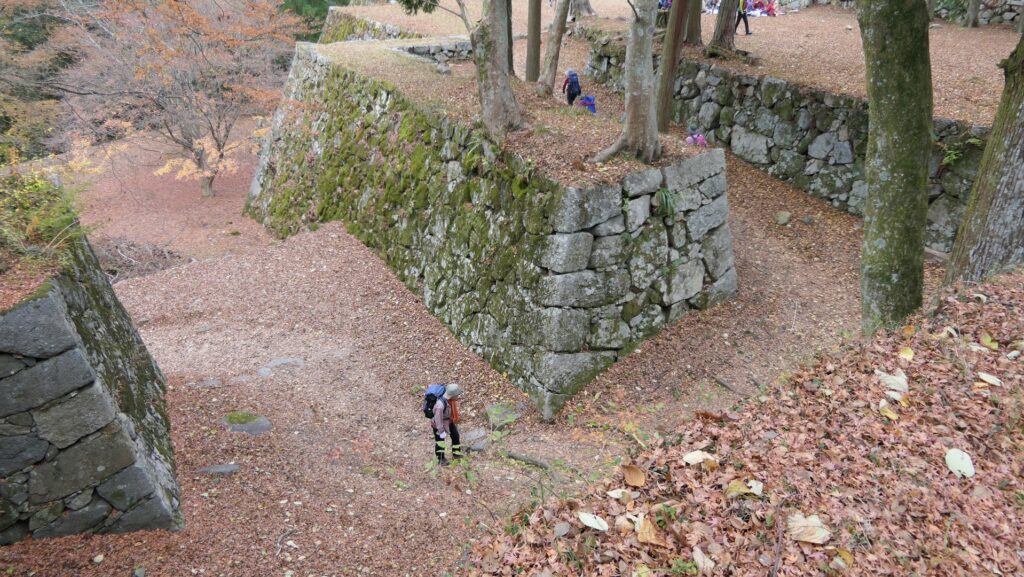
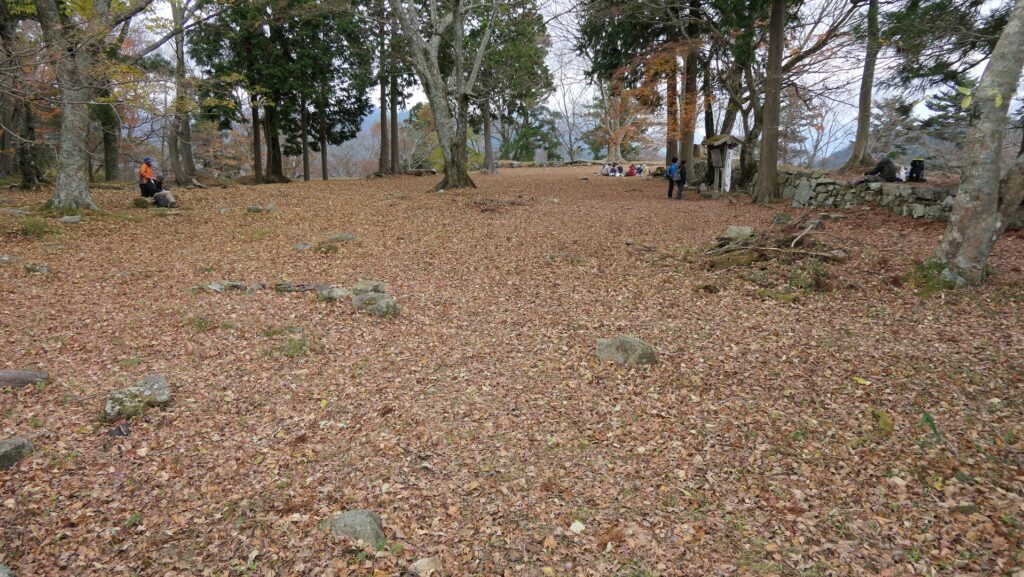
高取城跡には建物は残っていませんが、その土台や石垣がまだそこにあり、この城がかつて大変強力だったことを想像するのは十分可能だと思います。
The ruins of Takatori Castle have no buildings, but their foundation and stone walls still stand and it is enough for us to enjoy and imagine that the castle was once so strong.
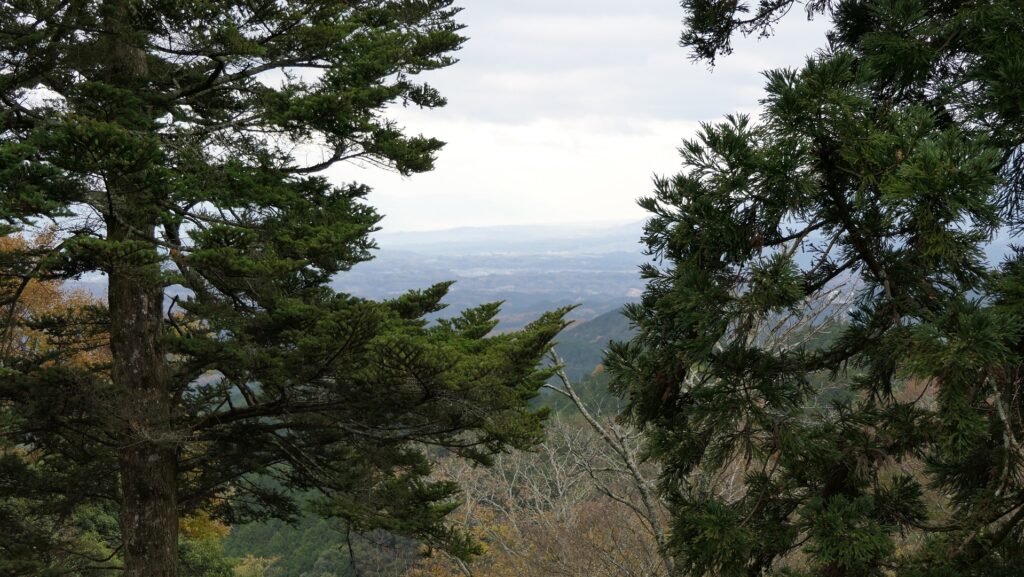
その後~Later History
明治維新後、1873年に高取城は廃城となりました。城にあった建物は売られるか、撤去されるか、自然に崩壊していきました。建物は全て失われたものの、石垣と共にある土台はかつてあったように残っています。高い山の上に位置していたからです。そのため、私たちは今広大な城跡を見ることができるのです。城跡は1953年に国の史跡に指定されました。
After the Meiji Restoration, Takatori Castle was abandoned in 1873. The buildings of castle were either sold, demolished, or collapsed naturally. The buildings have been all lost, but the foundation with stone walls remain as it once was, because they were (situated) on the high mountain. That’s why we can now see the huge ruins of the castle. The ruins were lastly designated as a National Historic Site in 1953.
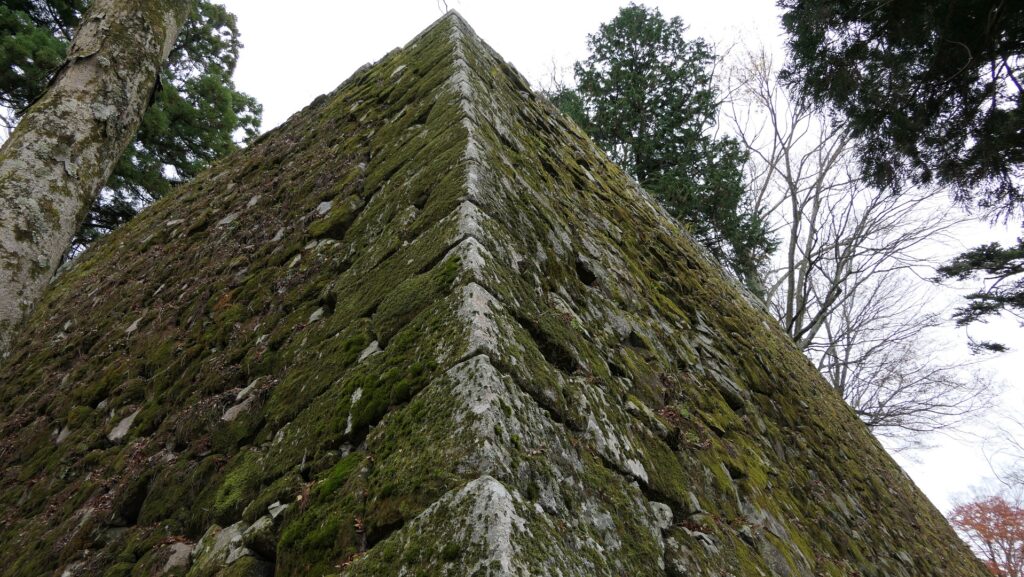
私の感想~My Impression
高取城のすばらしい遺跡を目にすることができるもう一つの理由は、本多氏が独立した領主となり、また植村氏が長期間城を維持してきたからだと思います。そうでなければ、城はもっと早く廃城となり、私たちは城跡を見て楽しめるむこともなかったでしょう。それは奇跡的所業であり、先人に感謝すべきでしょう。
I think another reason why we can see the great ruins of Takatori Castle is that the Honda clan became an independent owner, and the Uemura clan maintained the castle for a long time. Otherwise, the castle might would have been abandoned much earlier, then we (wouldn’t) have been able to enjoy the ruins. That was a miraculous achievement, so we should thank our ancestors.

今回私は城跡に車で行きました。そのため、壷阪口しか通っていません。大手道沿いにはまた、もっと多くの見所があるといいます。ですので、いつかこの道を通って城跡に再び行ってみたいです。
This time, I visited the ruins by car, so I only went through Tsubosaka Route. There are also many more attractions along the Main Route, so I would like to walk through the route, and visit the castle ruins again someday.
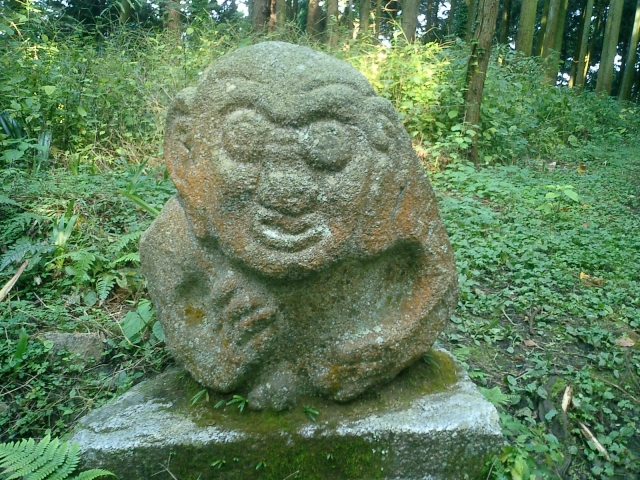
ここに行くには~How to get There
車で行く場合は、南阪奈道路の葛城ICから約30分かかります。八幡登山口にはとても狭い駐車スペースしかありません。そこから城跡まで更に歩いて約20分かかります。途中にある壷阪寺に駐車することもできますが、城跡までは歩いて約1時間です。
If you want to go there by car: It takes over 30 minutes from the Katsuragi IC on Minami-Hanna Road. There is very little space to park at the Hachiman starting point. You have to walk from there to the ruins for about another 20 minutes. You can also park at Tsubosaka-dera Temple on the way and walk to the ruins for about an hour.
電車の場合は、近鉄吉野線の壷阪山駅から歩いて約2時間の道のりです。かなり長い歩きとなりますが、観光シーズンには、多くのハイカーが歩きながら自然やくつろいだ雰囲気、そして城跡を楽しんでいます。
By train, It takes about two hours from Tsubosakayama Station on Kintetsu Yoshino line to the castle ruins on foot. It may be a long walk, but many hikers walk along the route and enjoy nature, a good atmosphere and the ruins in the tourist season.
リンク、参考情報~Links and References
・高取城、高取町観光ガイド(Takatori Town Official Website)
・「よみがえる日本の城1」学研(Japanese Book)
・「日本の城改訂版第105号」デアゴスティーニジャパン(Japanese Book)
・「幕末維新の城/一坂太郎著」中公新書(Japanese Book)

